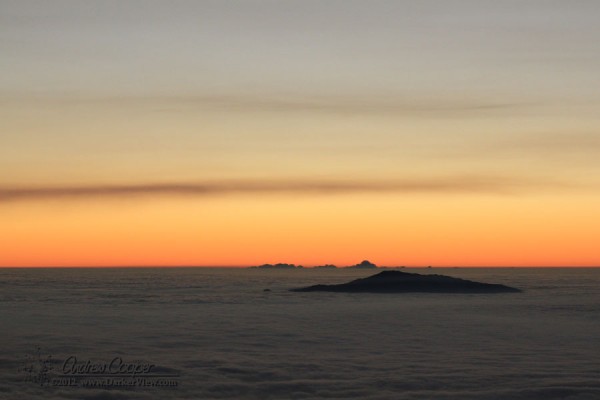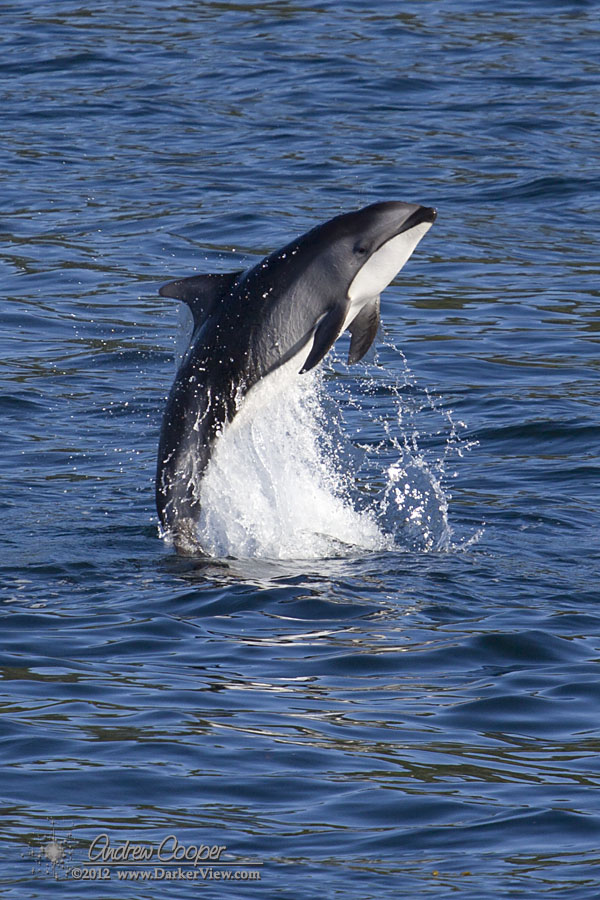
Postcard from the Summit – Walking to the True Summit
It has been many years since I last stood atop the summit of Mauna Kea, the true summit that is. A couple decades ago, while on vacation I walked to the summit as a tourist. All these years of driving past on the way to work, I have not stopped and taken the short walk to the summit of Mauna Kea from the road, until now.
Broken gear on a weekend, driving up the mountain by myself. Once the gear was fixed I was free to head back down. Without a vehicle full of guys just wanting to go home after a full day at work, I was free to stop and take a walk with the camera…
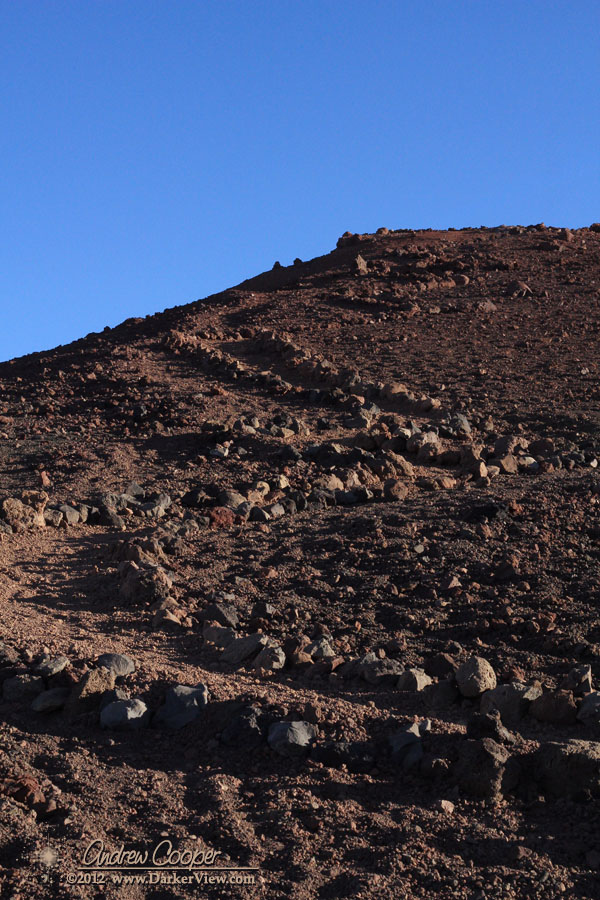
Saturn Appears in the Dawn
As Saturn emerges from solar conjunction it will appear in the dawn sky. This week the planet will become visible to alert skywatchers low in the sunrise sky. Saturn will dance with Mercury and Venus in the dawn during late November and early December. On November 26th, Venus and Saturn will be less than a degree from each other.
Postcard from the Summit – Island Volcano
Swinburne Team on Keck Discovers Farthest Supernova Ever
W. M Keck Observatory press release…
Two ‘super-luminous’ supernovae — stellar explosions 10–100 times brighter than other supernova types — have been detected in the distant Universe, using the W.M. Keck Observatory on the top of Mauna Kea in Hawaii. The discovery, reported online in Nature this week, sets a record for the most distant supernova yet detected, and offers the rare possibility of observing the explosions of the first stars to form after the Big Bang.
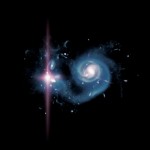
Super-luminous supernovae were discovered only a few years ago, and are rare in the nearby Universe. Their origins are not well understood, but a small subset of them is thought to occur when extremely massive stars undergo a nuclear explosion triggered by the conversion of photons into electron–positron pairs. Such events are expected to have occurred more frequently in the early Universe (at high redshift), when massive stars were more common. This, and the extreme brightness of these events, encouraged Cooke and colleagues to search for super-luminous supernovae at redshifts, z, greater than 2, when the Universe was less than one-quarter of its present age.
Continue reading “Swinburne Team on Keck Discovers Farthest Supernova Ever”
Comment Spam
Comment spam is always a problem when maintaining a blog, a constant battle. Generally one my readers do not see, as I have to manually approve any comment from a new commenter. As I have it setup now, once I approve a comment from a particular reader, any further comments they make get posted immediately. I do try to make it easy for my loyal readers.
But this does leave a list of messages in the approval que each day, until recently this was anywhere from a few to a dozen. In the last week the number has soared, to 30-50 spam comments each day. It becomes a real chore to delete them all.
Time to take the next step in the armaments race. I had two choices, disallow anything using an @gmail.com address as verification, or install a more sophisticated filtering software.
Just about every spam comment in the que is using a Gmail address for verification. So are a few of my loyal readers, folks I really do not want to cut off from commenting. These mail accounts are really convenient, for regular folks and the spammers.
Take the other choice? I will attempt to use a spam detection plugin for WordPress called Askimet. As of today it is installed and active, a test.
I do worry that legitimate comments will be lost. Please look to see your comment posts properly, if it does not, drop me a line and I will see if I can add you to the whitelist.
Halloween Sidewalk Astronomy
For many years it has been my tradition to setup a telescope on Halloween. A tradition I have inherited from other amateur astronomers, a tradition I intend to continue.
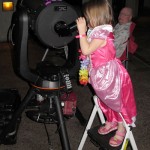
Looking for an alternative to setting up in the driveway, as I have in the past, I instead arranged to setup at the King’s Shops in the resort at the bottom of the hill. The shops make an evening of it, with various entertainment and activities arranged for children and adults. Contacting the Kings Shops management I was able to arrange permission to set up a few telescopes for the evening.
Cliff and Maureen volunteered to join me, bringing more gear. We had a few other club folks drop by. Also helping out were Dean and Melinda Ketelsen, fellow Tucsonans who share the Halloween telescope tradition and happen to be visiting for the week.
Unfortunately clouds hampered us in the early evening. As usual these cleared as the night progressed so that by 8:30pm we had a mostly clear sky. Moonrise provided a beautiful view, followed by Jupiter. There was a steady flow of folks checking out the telescopes. Princesses, Batman, ninjas and more had views of Alberio, Andromeda and other celestial objects. A fun evening for everyone, mixing in just a bit of science education, just what sidewalk astronomy is all about.
Tools
The Moon and Jupiter
Tonight the bright pair of the Moon and Jupiter will dominate the sky. The Moon will be about 7° from Jupiter.
The following night, November 1st, the Moon will have moved east of Jupiter, but be even closer, about 5° away.
Database Work
I have spent quite a few hours lately revamping my observation database. The whole thing had been quite neglected as of late, never being properly updated since I changed over to WordPress on the main blog. The appearance had been left in a halfway state that didn’t match anything, never mind some serious bugs.

The printable version is still there, a clean black-on-white layout including inverted DSS images for printing. I took a cue from that printed version and kept the other new layouts very clean and uncluttered in appearance.
There is a nearby object section that picks up any close by objects for quick reference. Some attention has been paid to the search routines for better usability.
Those are just the visible changes, much of the work has gone into the back end to improve the quality of the underlying data. The whole thing uses Python and Tk on my local machine, this gets converted to SQL and PHP for the webserver. Most of the tools are automated at this point, and getting less buggy as I hunt down the little issues that I find with use.
I put the whole thing together for my own use, a place to organize my observing notes. But as it is online, anyone can use it. Let me know if you ever find it useful.

